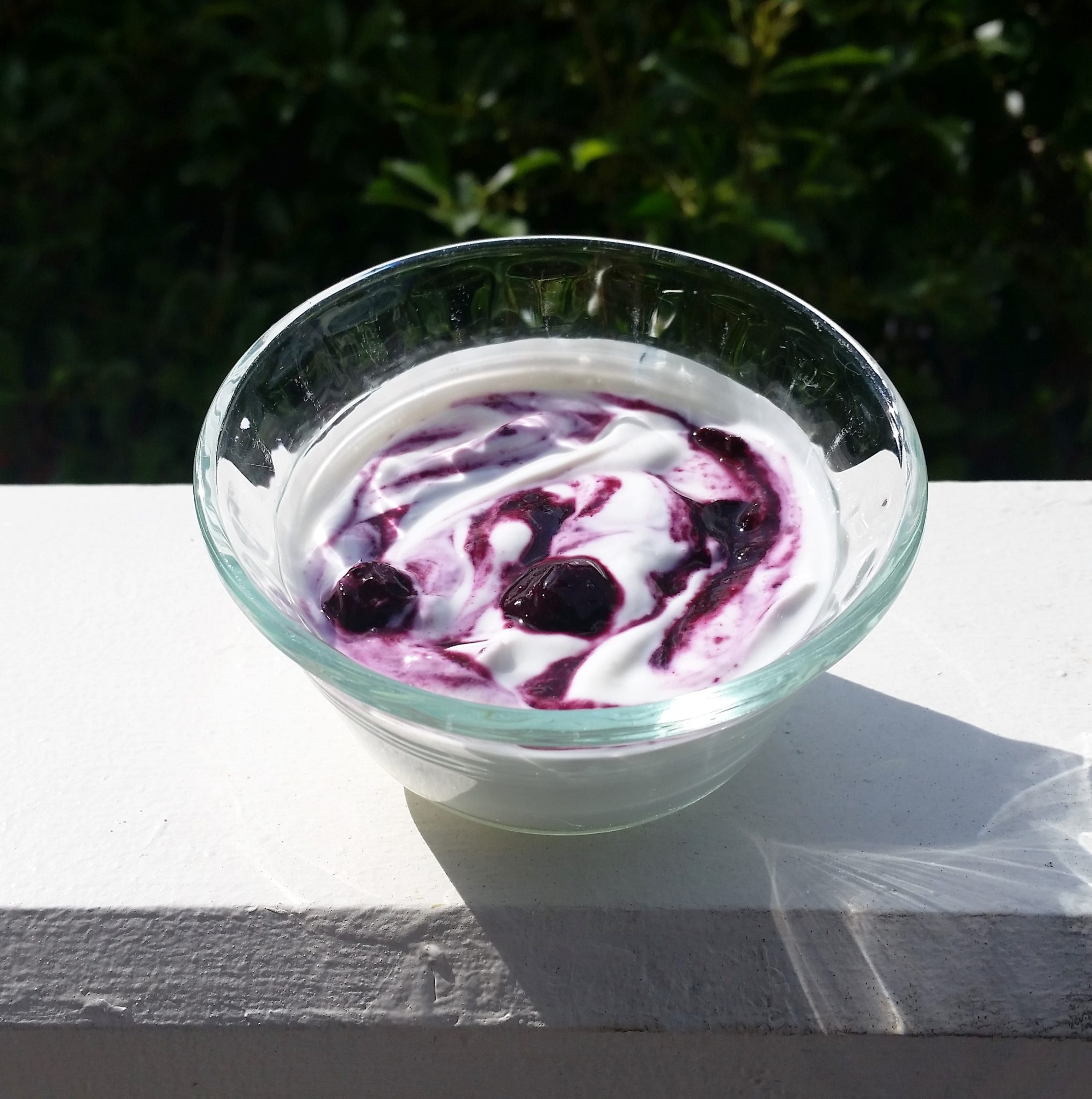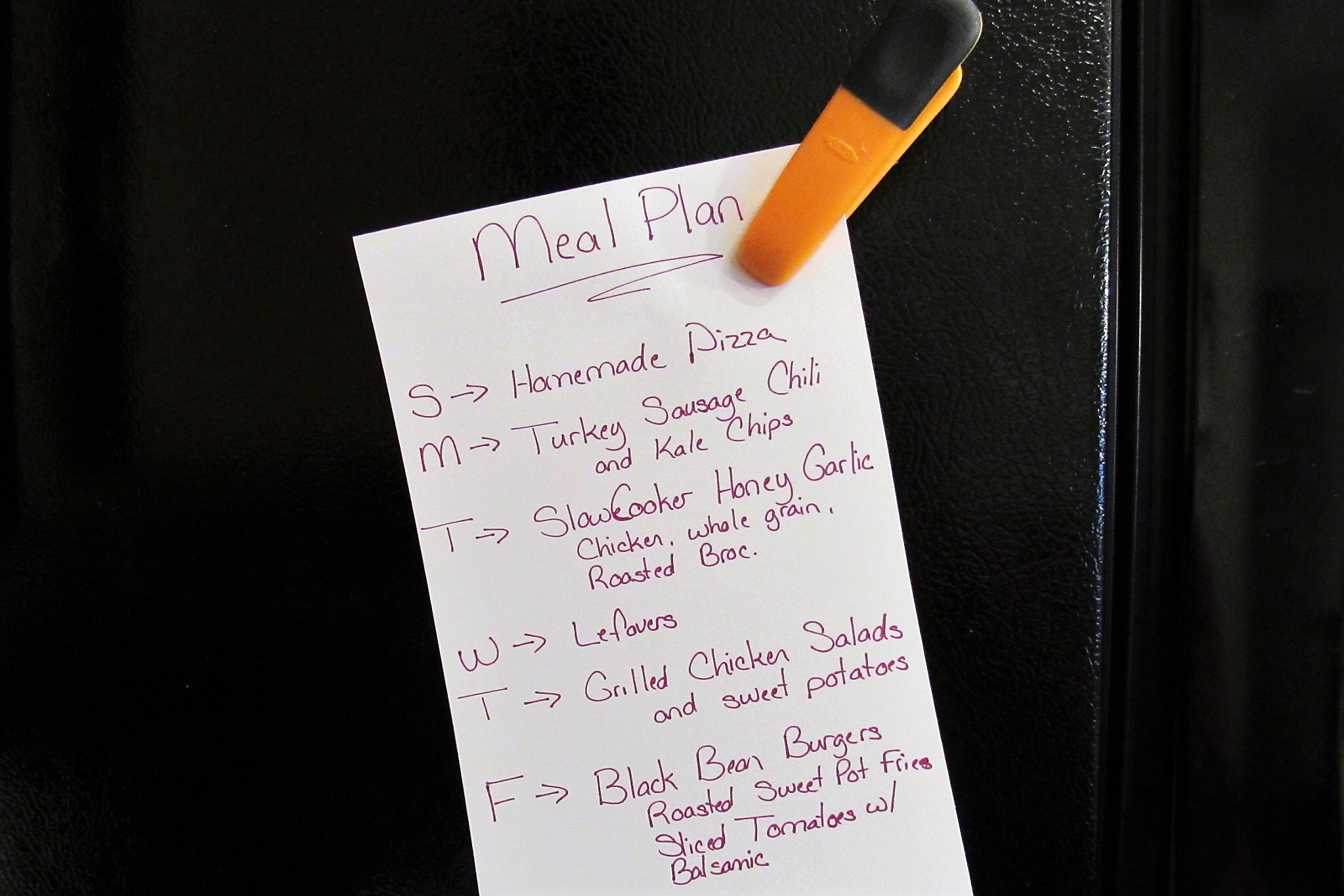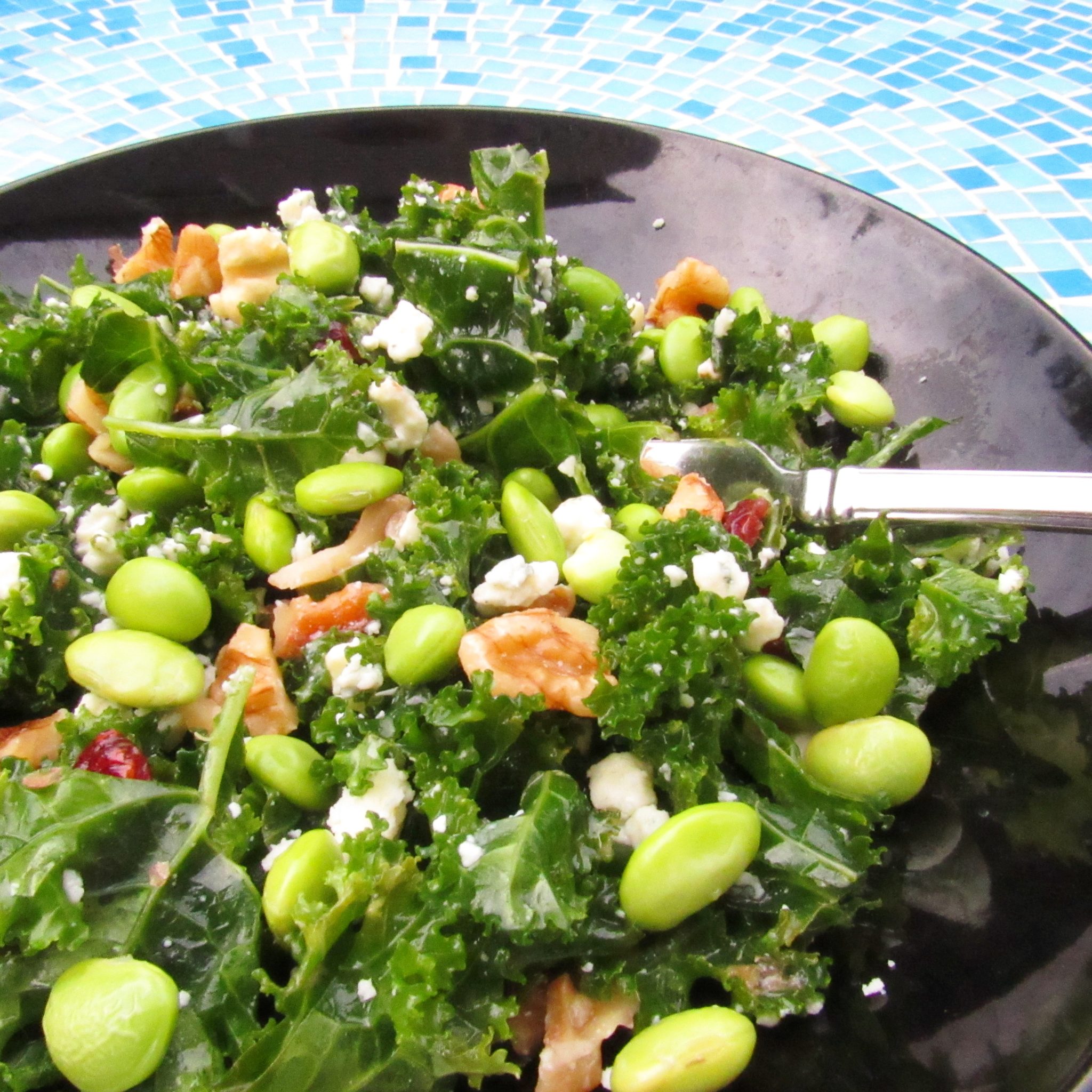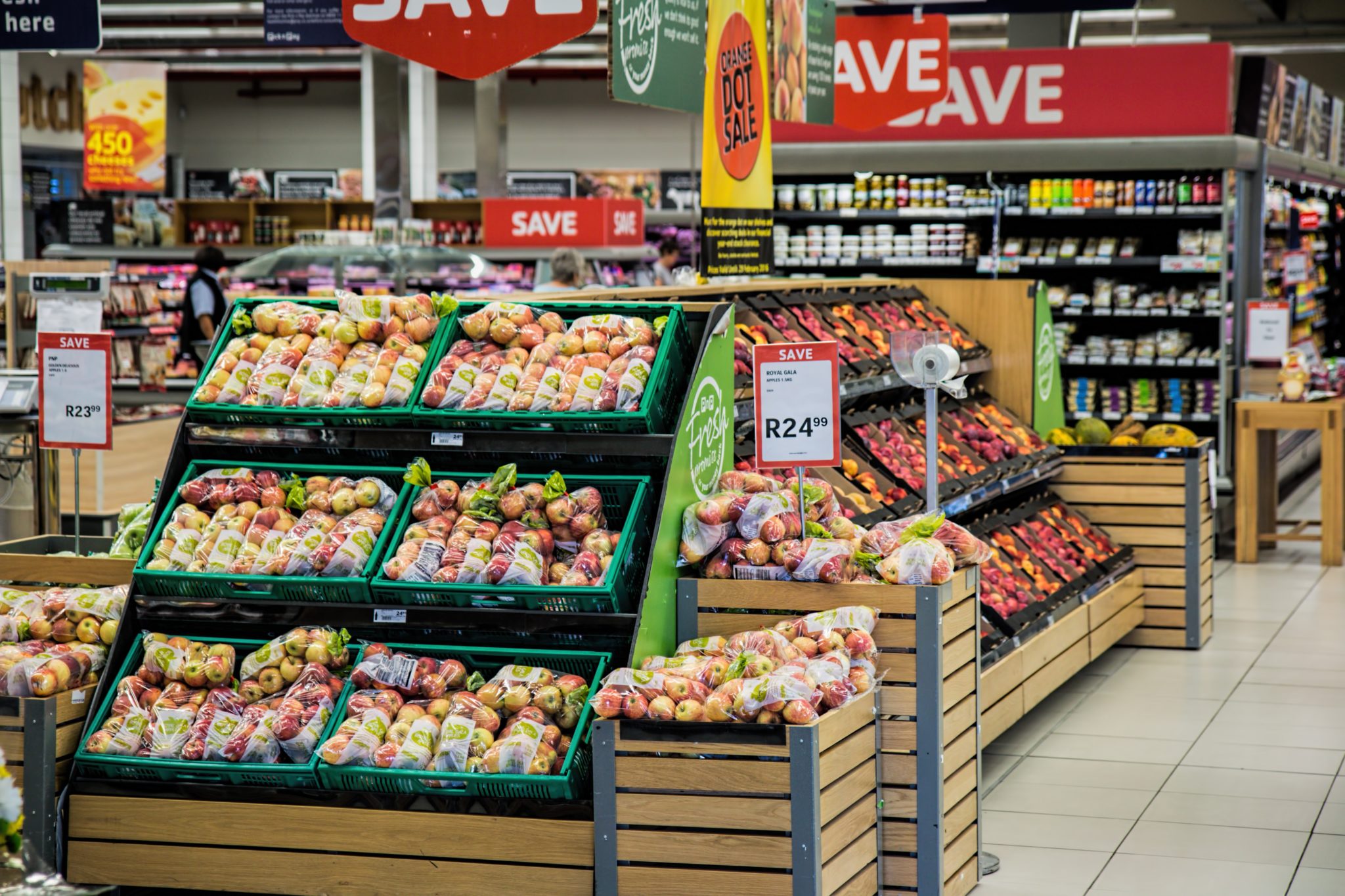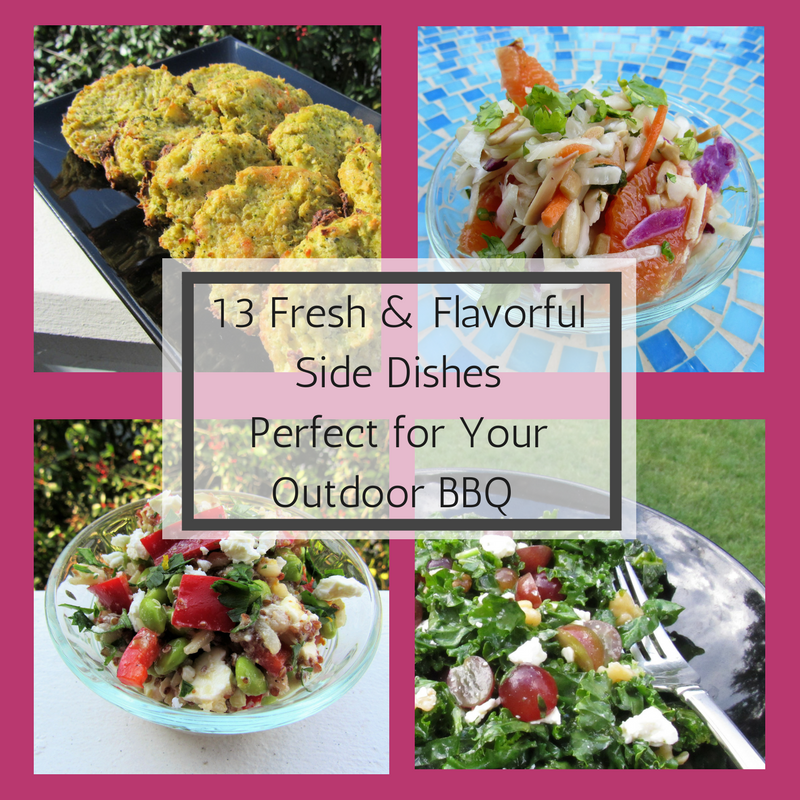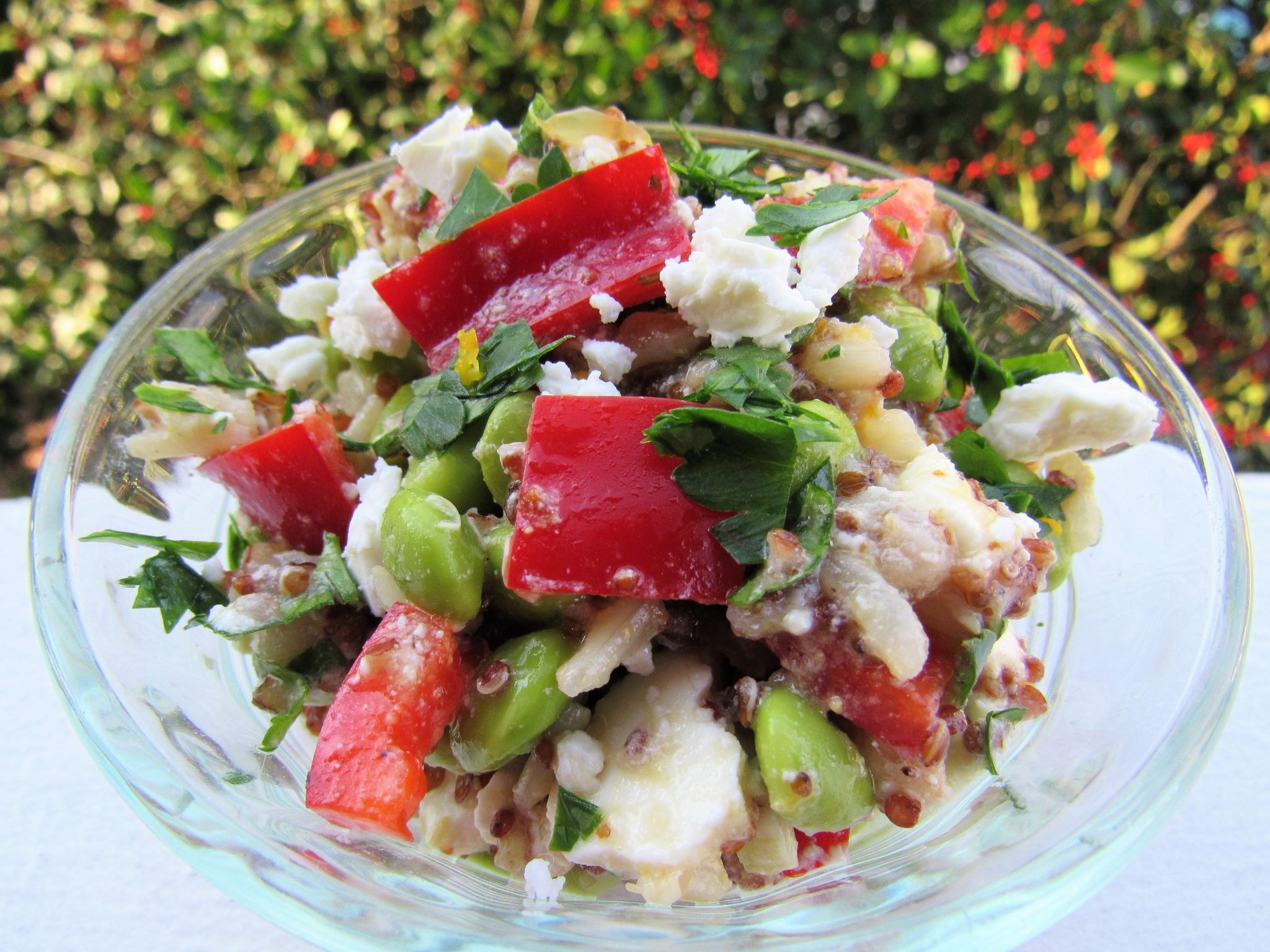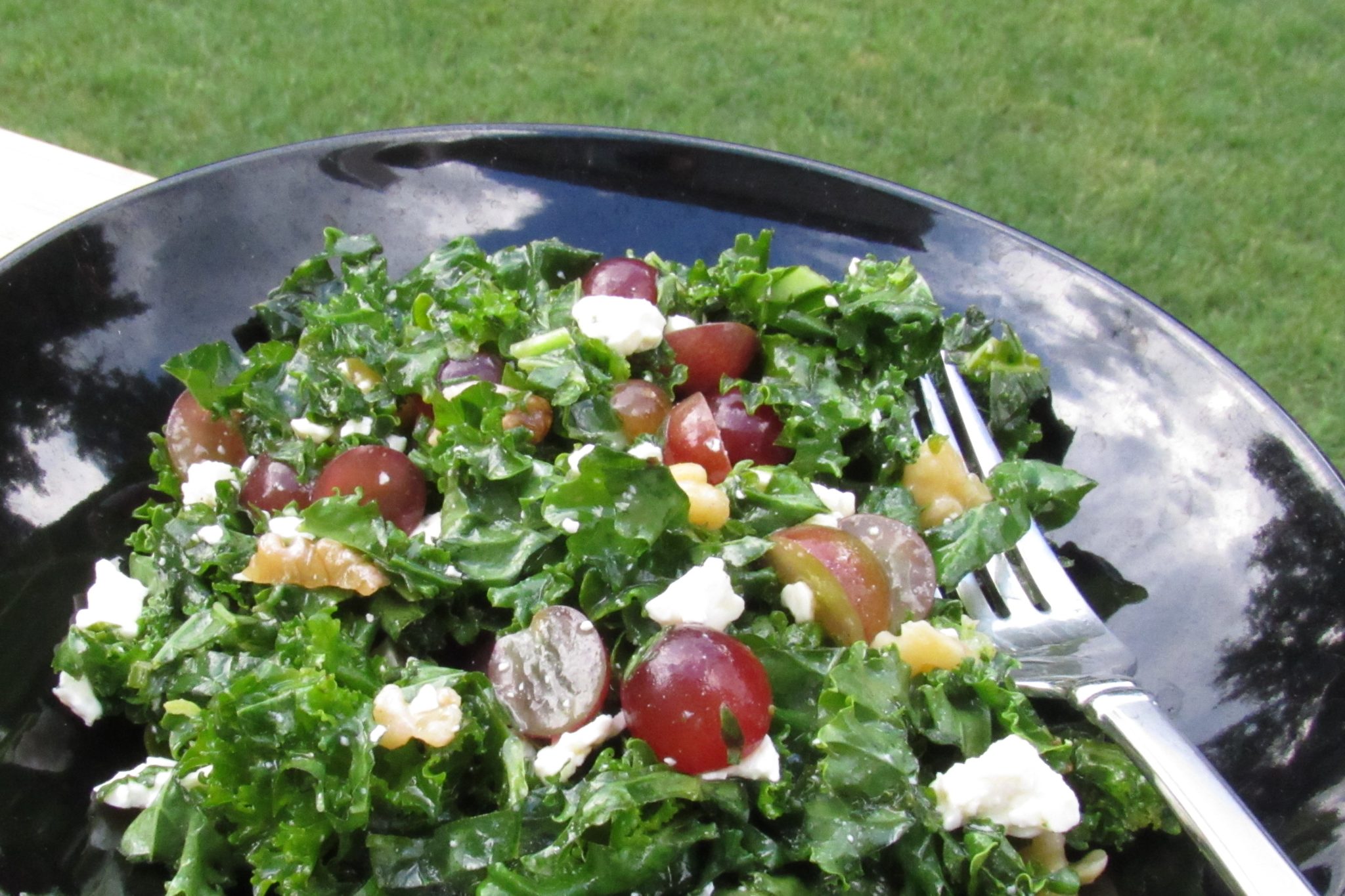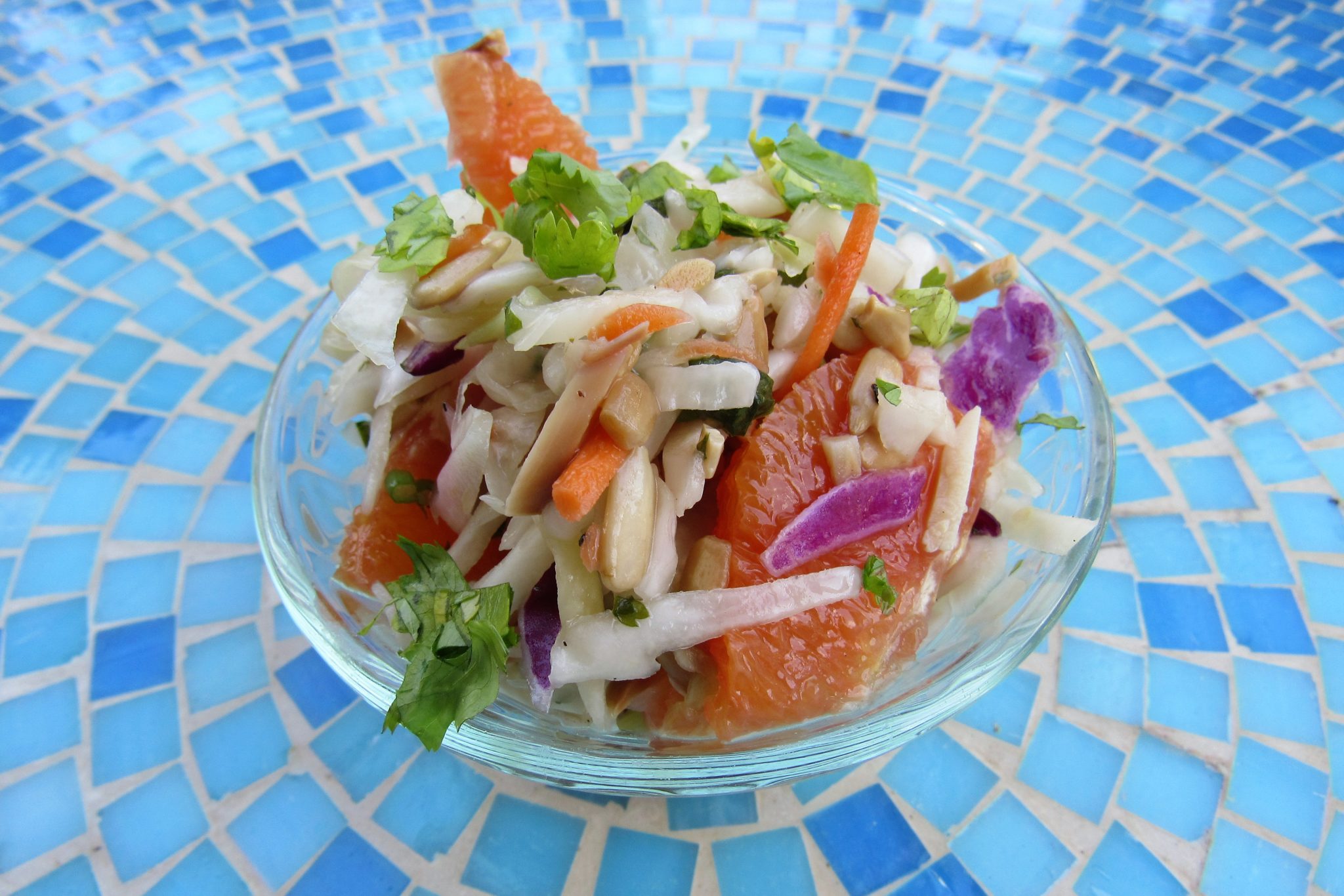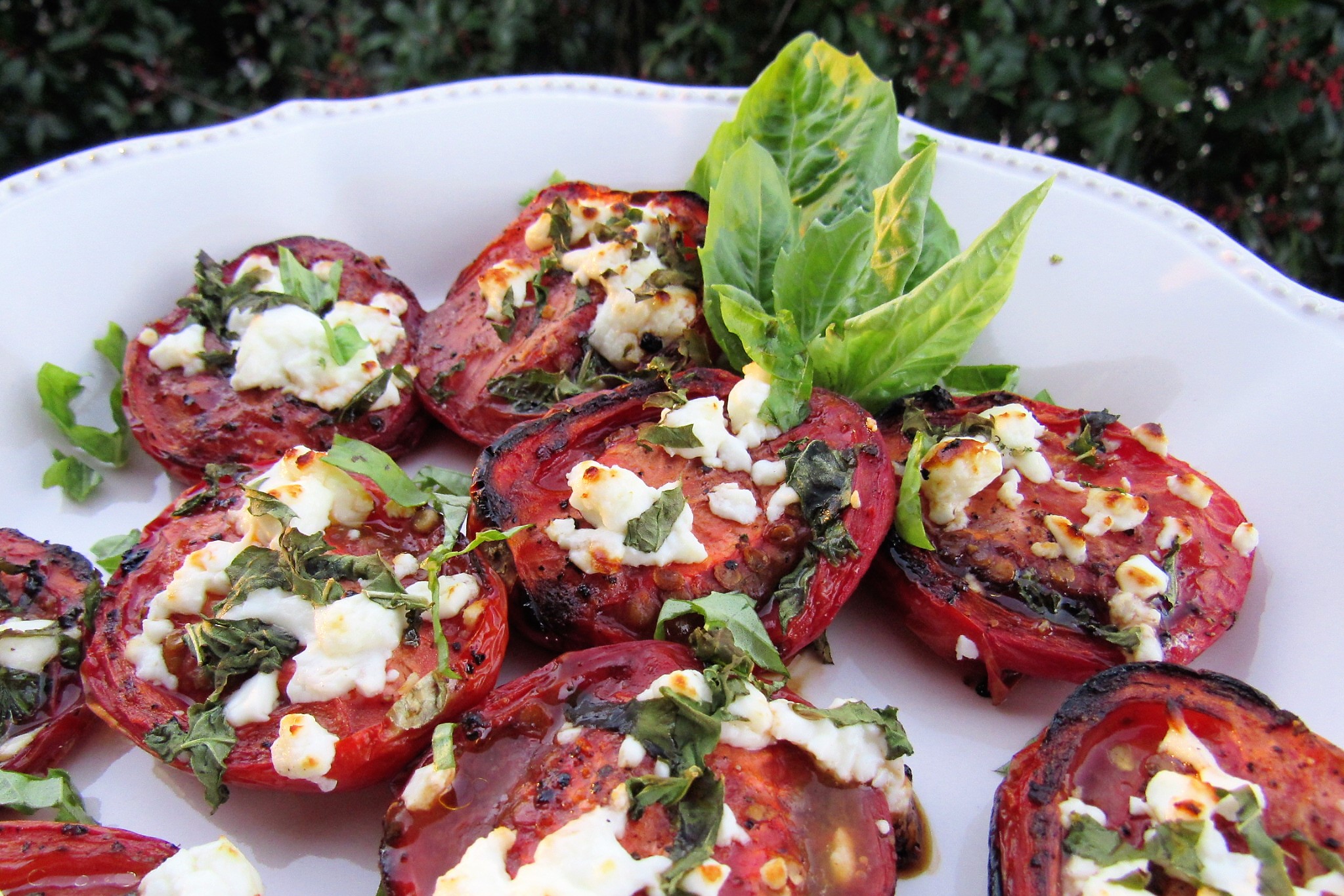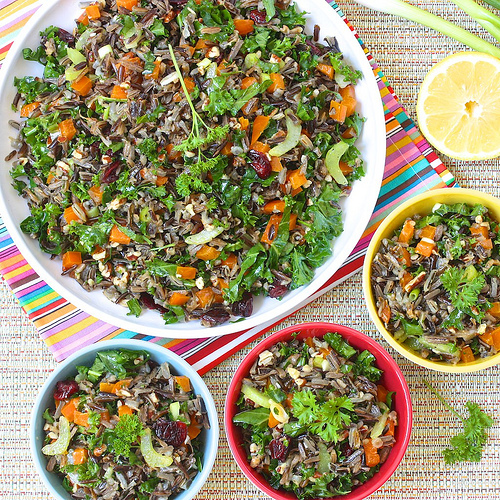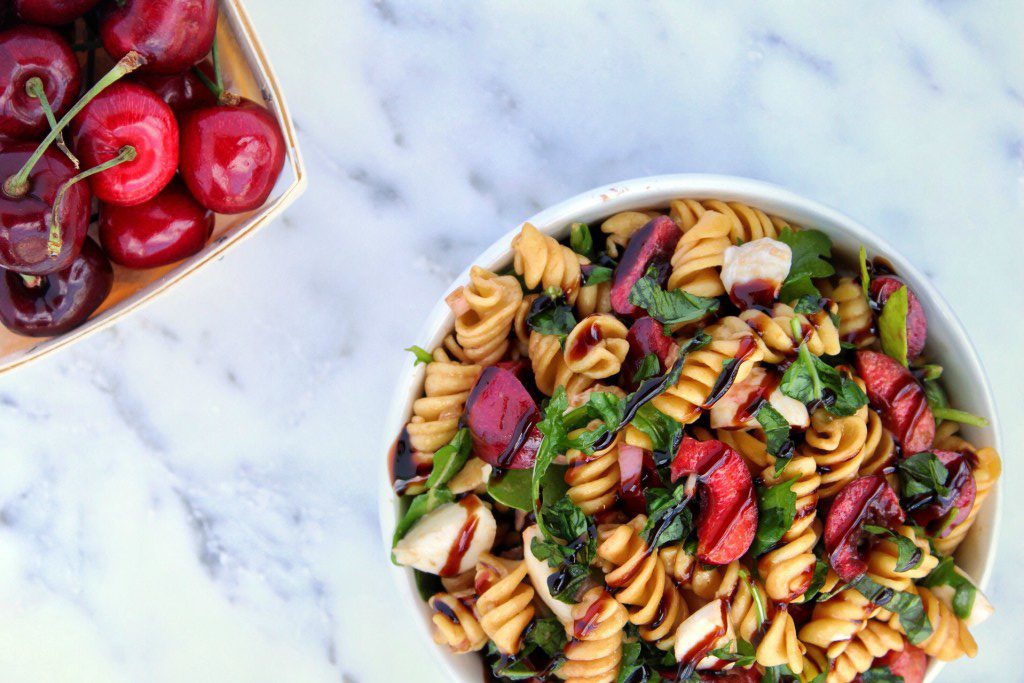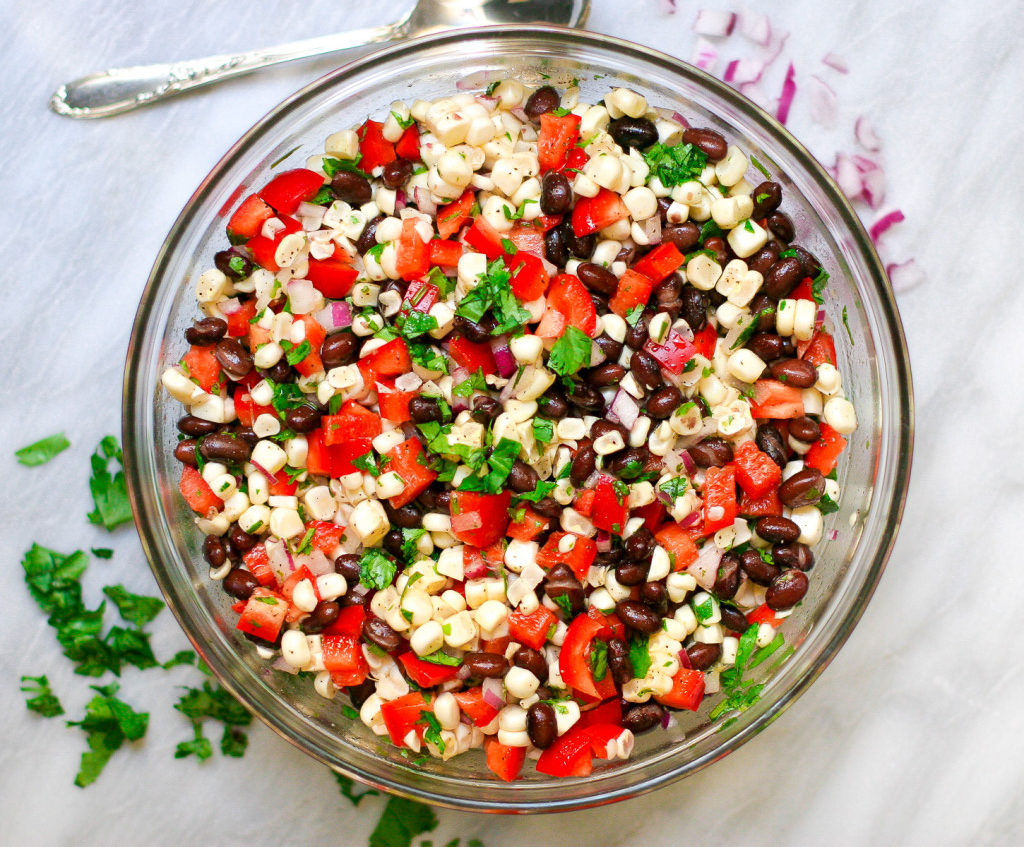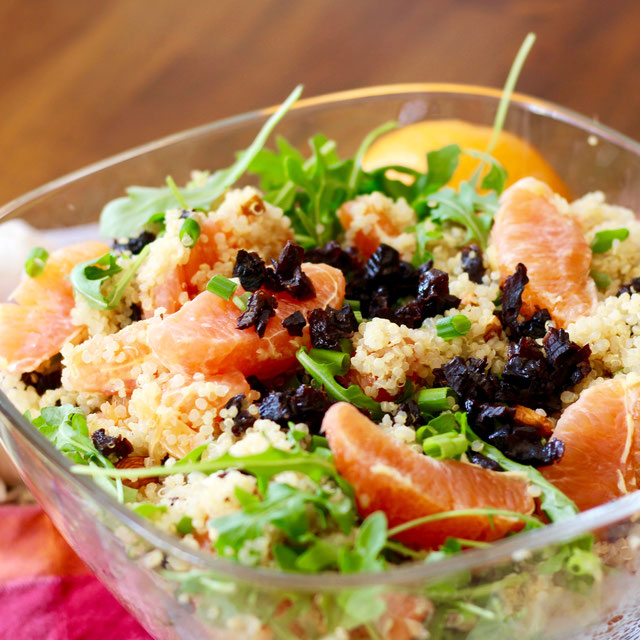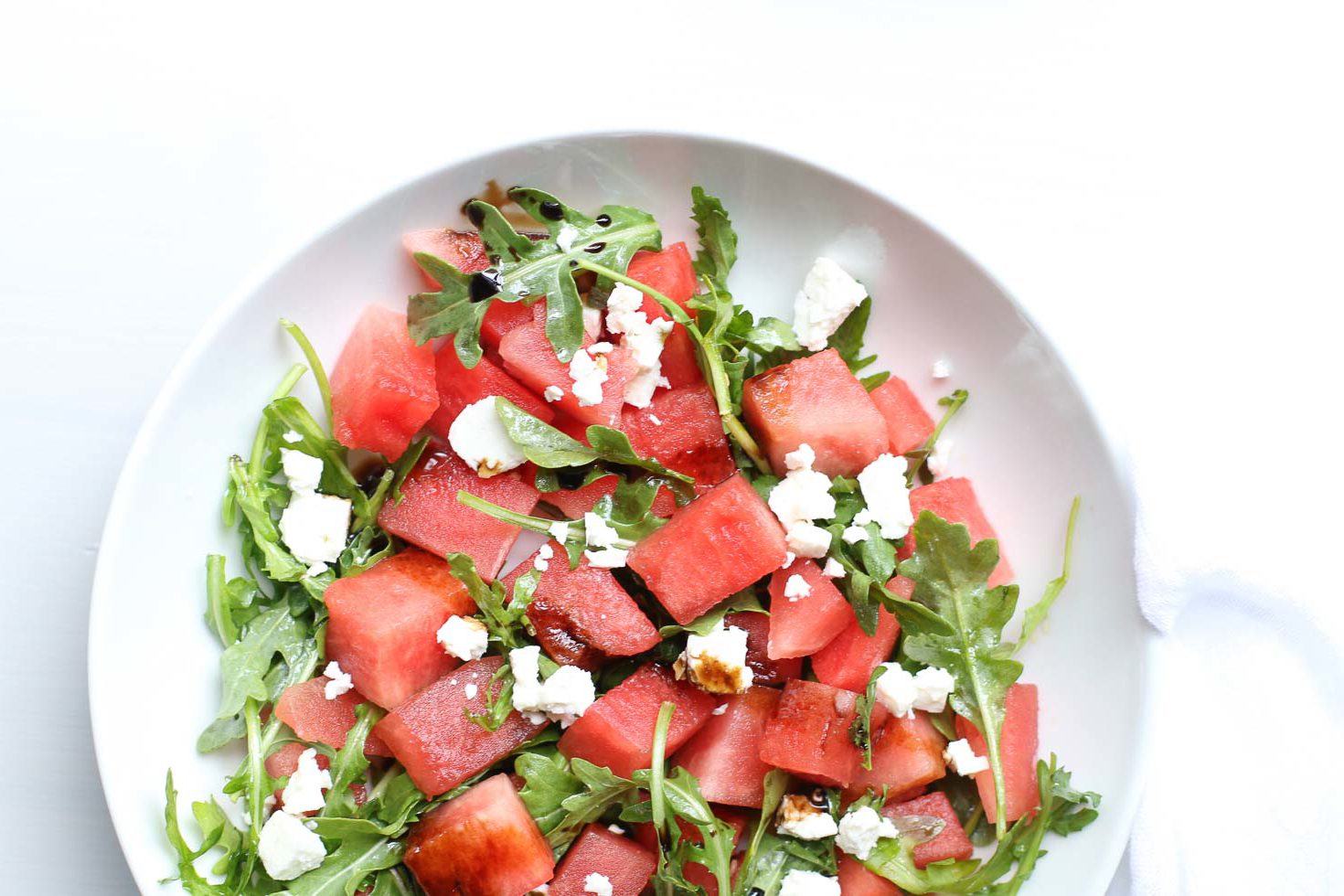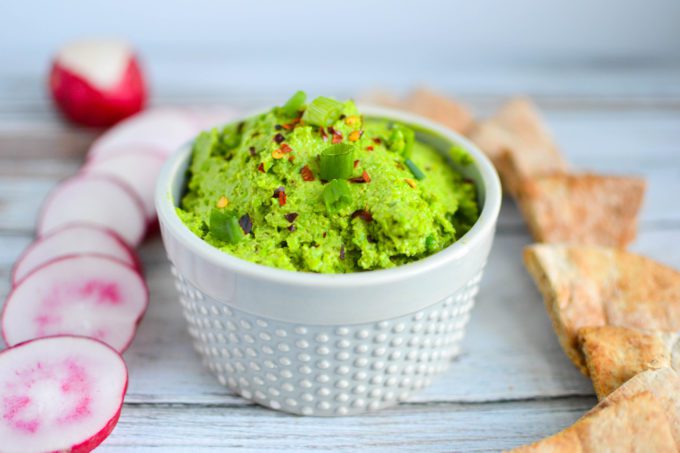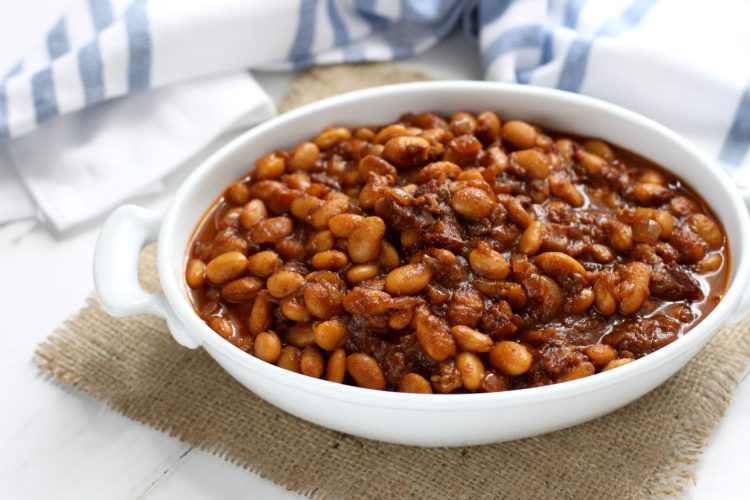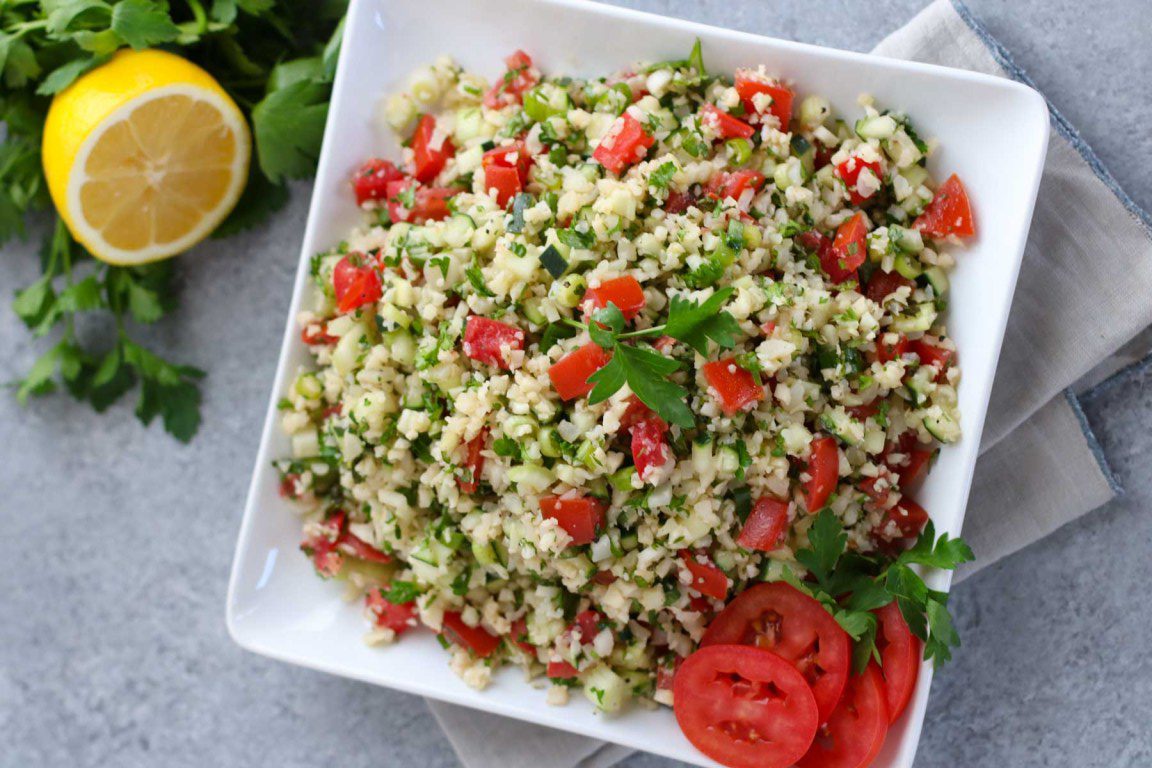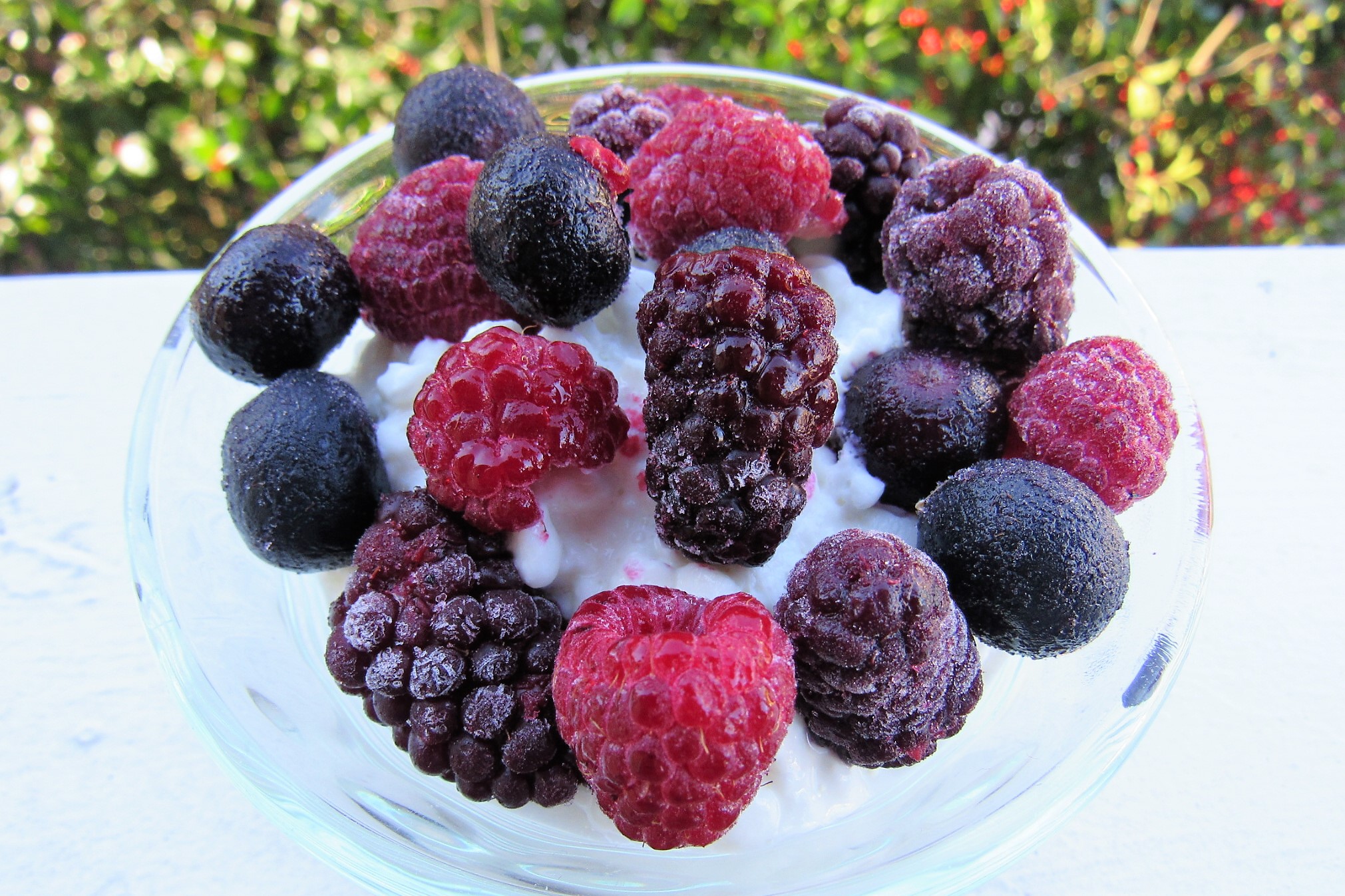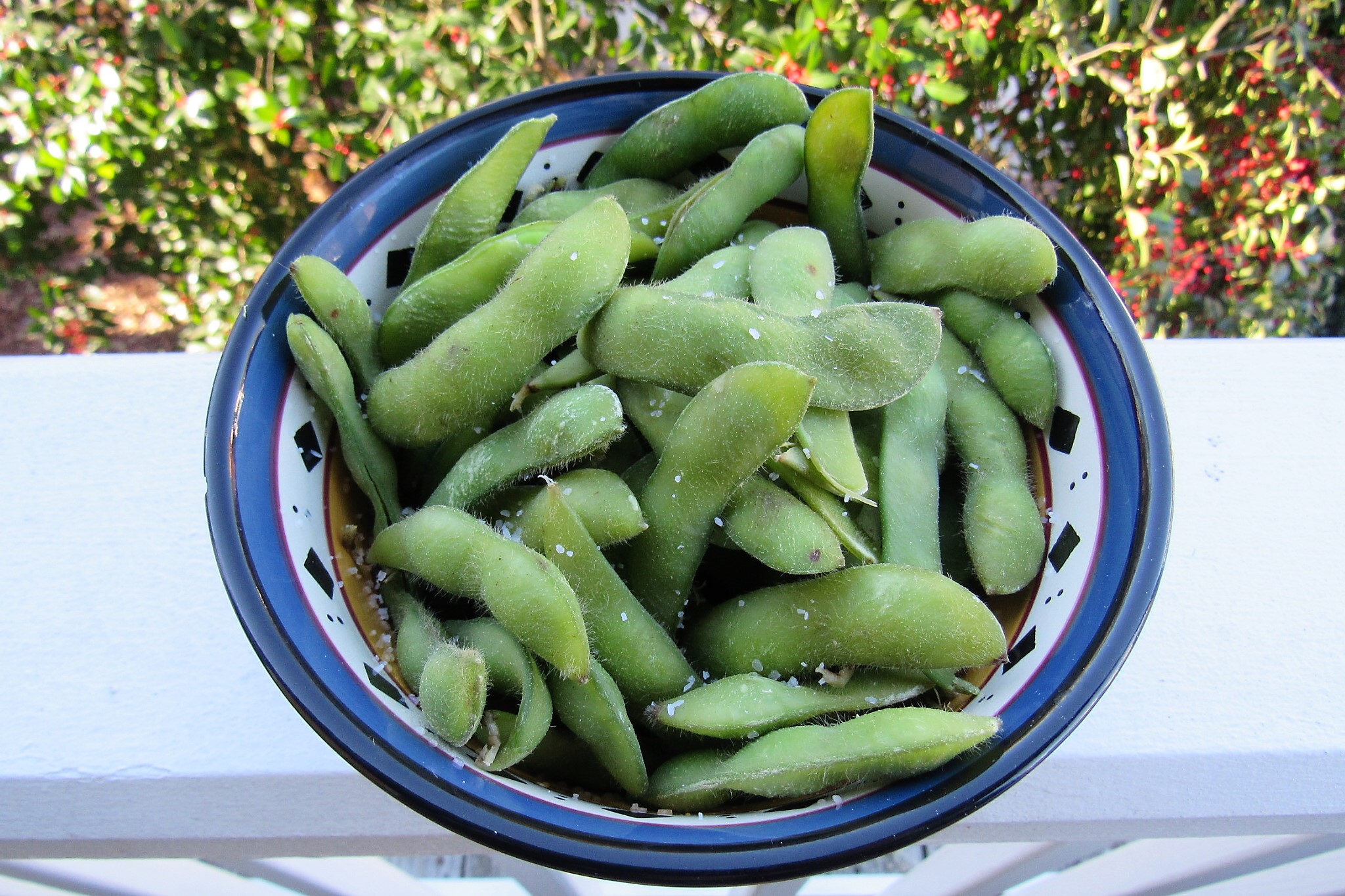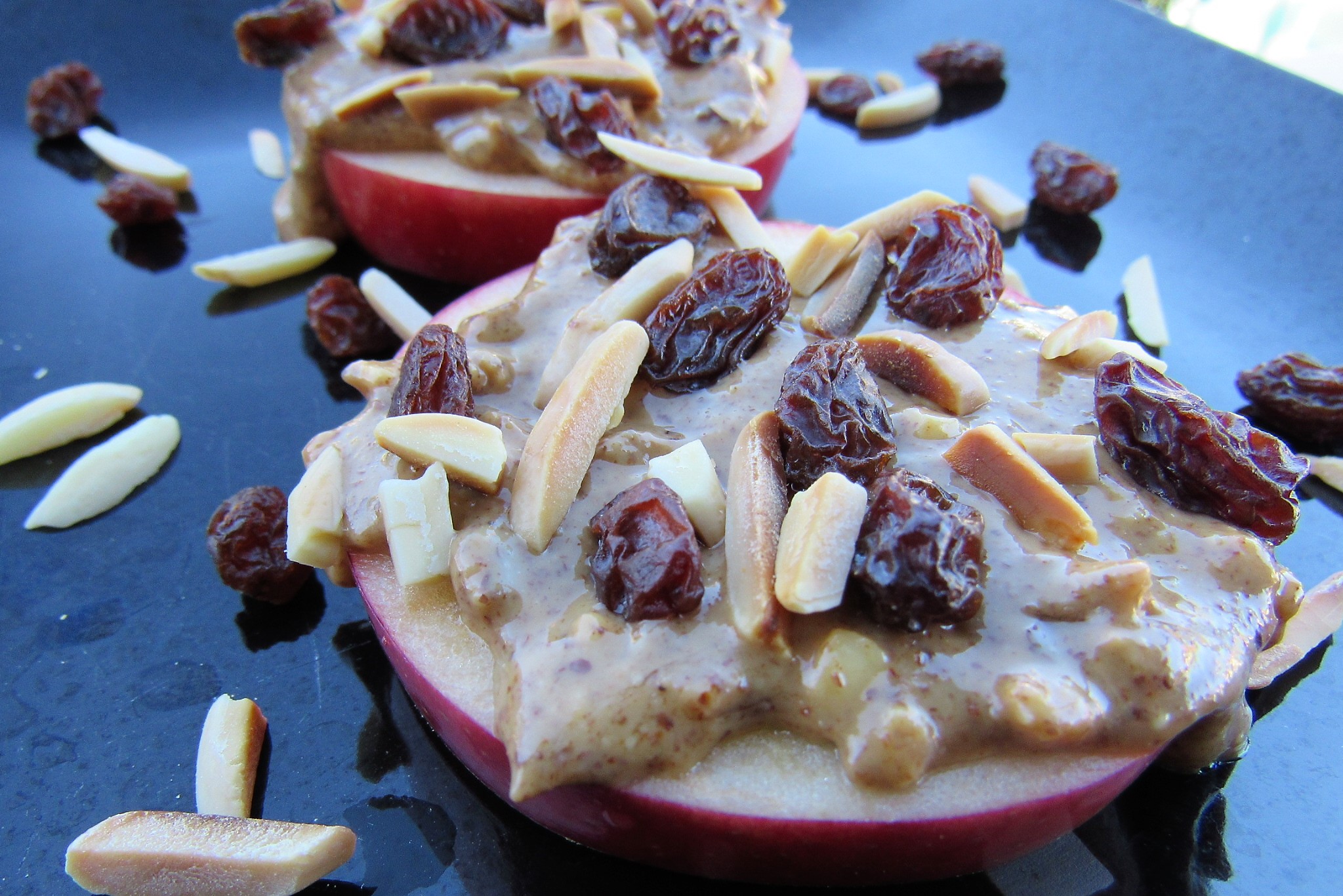According to the CDC, sugar-sweetened beverages, ice cream, candy, cakes, cookies and sweetened pastries are the leading sources of added sugar in the American diet. BUT, there are dozens of foods and products with hidden sources of added sugars that might not be so obvious.

The University of California San Francisco claims that added sugar is hiding in 74% of packaged foods!!!
Before we demonize sugar and any food product with added sugar, it is important to know the facts. Find out the recommendations here. You can also see a list of more than 45 different names for sugar so that as you are reading labels and examining products, you are not deceived by the lingo.
While this is certainly not an exhaustive list, these are 15 different types of common food products with hidden sources of added sugar. Stay informed and know your stuff!
Only then, can you make the right choices for you and your family…
01. Canned Vegetables and Beans
One day I actually turned the can around and viewed the ingredients on the stewed tomatoes, horrified to find that my beloved ingredient had been sweetened up with sugar. The nerve! But tomato products are not the only ones with sugar on the ingredient list! Baked beans, pork and beans, creamed corn, and beets also boast a dose of sugar added in. While many canned vegetables do not have added sugar, it is best to check the brand and types you tend to buy to see if there is sugar lurking in the can.
02. Oatmeal Packets
Touted as one of the healthiest breakfast cereals available, oatmeal lives up to a high reputation. But easy-to-make packets also deliver a whopping 1 tablespoon (on average) of added sugar per serving! Have a little oatmeal with your sugar! And, if you need 2 packets to keep you full and satisfied (like my husband), go ahead and double the grams of added sugar. This so-called “healthy” breakfast will spike your blood sugars and leave you on empty before lunch. Instead of grabbing the flavored packages, try making this easy Slow Cooker Steel Cut Oats recipe– it’s ready to go when you are! Or, try any of these great toppings– they are not only good in yogurt but oatmeal too!
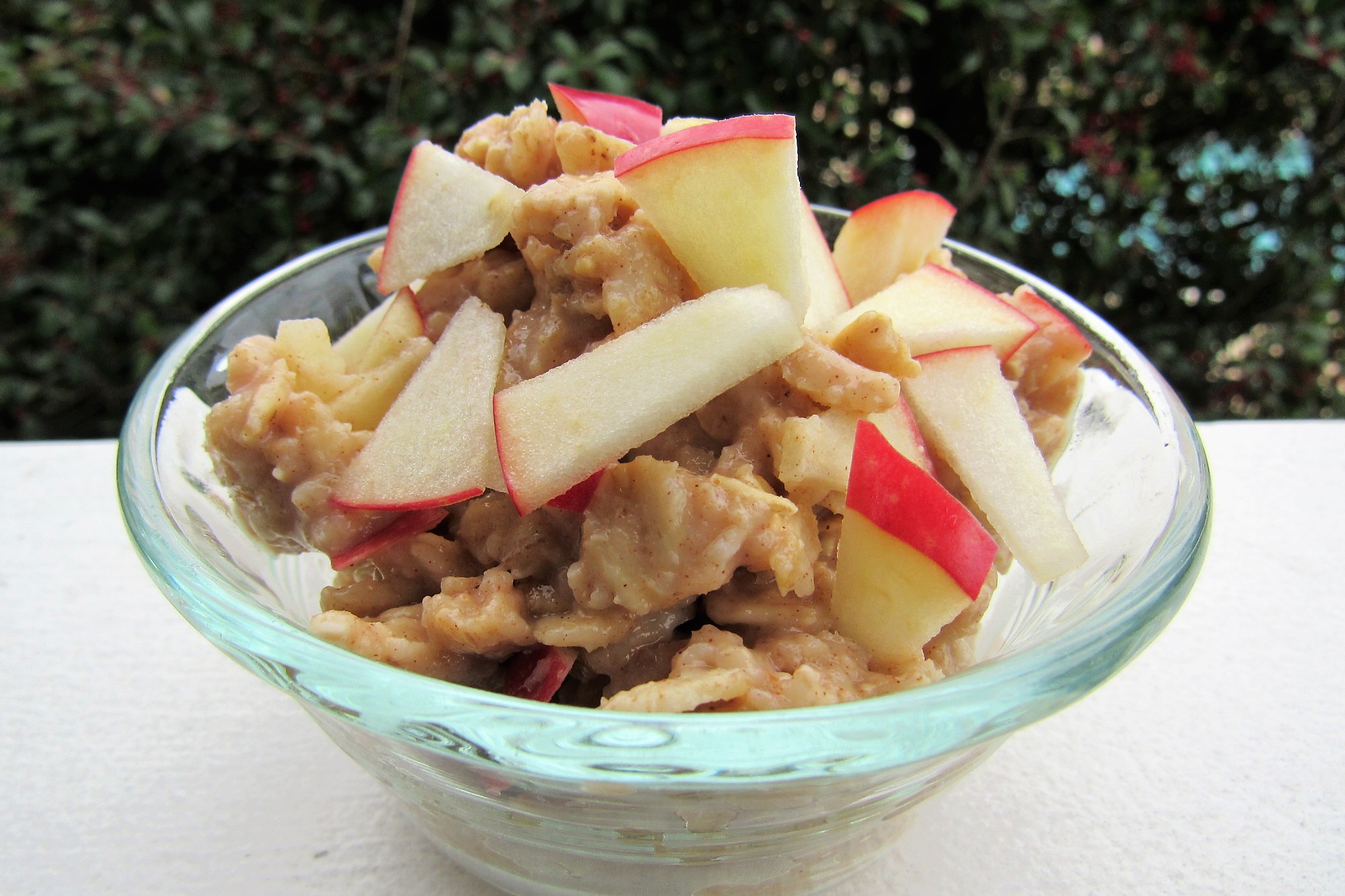
03. Salad Dressings
Most individuals would guess that vinaigrette dressings tend to be ‘health-ier’ for you. Many creamy dressings contain MSG (monosodium glutamate), and less healthy oils. BUT, vinaigrettes often have sugar added in as well. While a touch of sugar helps to balance out the tang from the vinegar, be careful which ones you choose and compare the brands. My parents’ beloved “light raspberry vinaigrette” has 7 grams of sugar per 2 tablespoon serving.
Learn how easy it is to make your own Balsamic Vinaigrette Salad Dressing following my all-time favorite recipe! Want more ideas?! Registered Dietitian, Sally Kuzemchak has 25 more ideas!
04. Peanut Butter & Other Nut Butters
Whether you buy peanut, almond, cashew or sesame butter, it would be wise to check out the ingredient list before you toss it into your cart. Sugar is commonly added to peanut and nut butters. Look for “natural” nut butters with no sugar added. To be certain, peek at the ingredients list. The ONLY ingredients you should see are nuts and salt- that’s it!
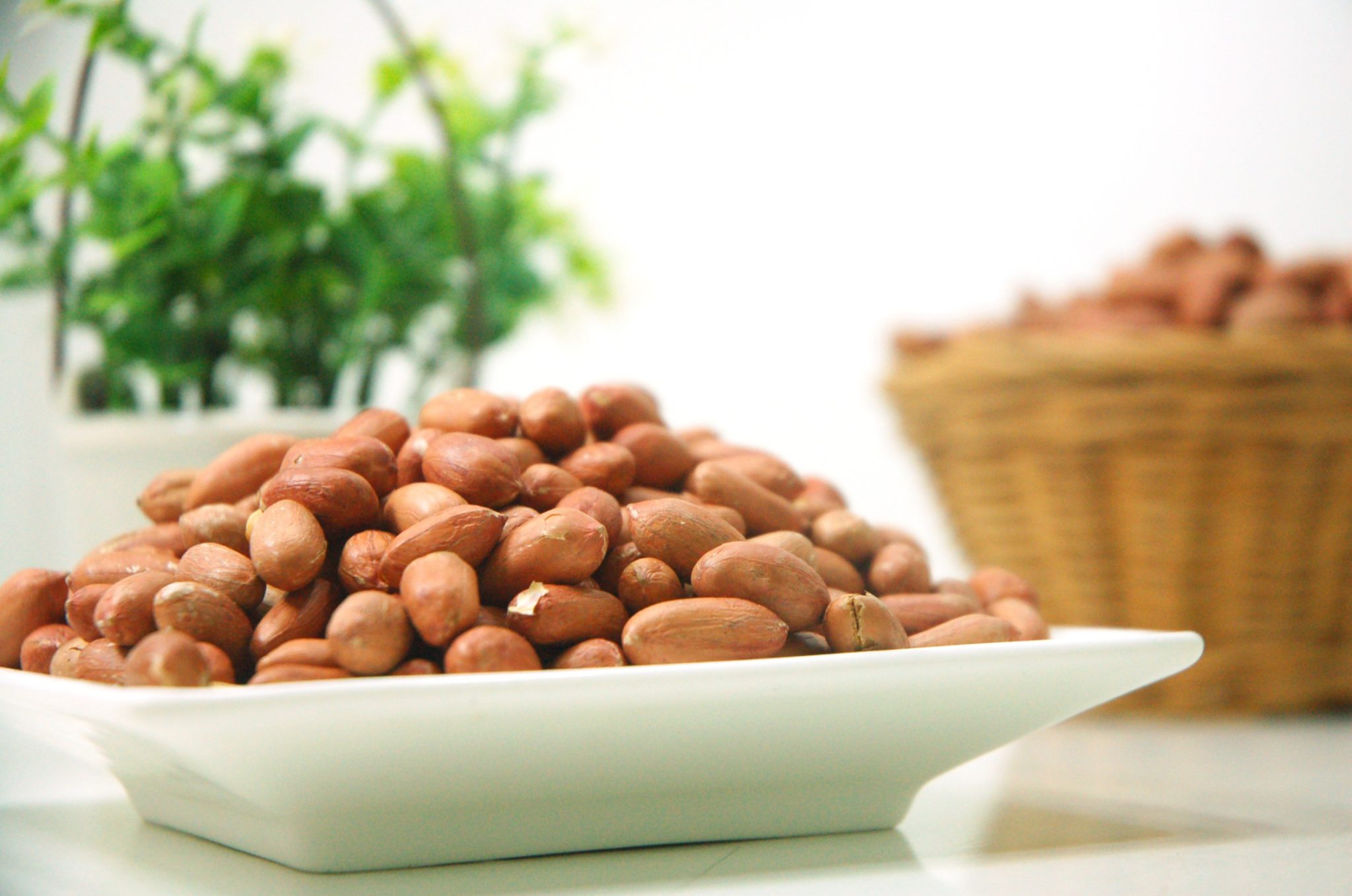
Many store brands have no added sugar peanut butter (Publix, Kroger, and Trader Joe’s, just to name a few), but another brand to look for is Schmucker’s.
NOTE: Some gourmet stores have machines where you can grind your own nut butters. These often come with a hefty price tag. If this is your preference, go for it, but there are brands you can find that are much more cost efficient. Also, there is a risk of cross contamination with these machines so if you have any nut allergies in your family, it would be best to avoid these.
05. Seasoned Nuts & Seeds
“Honey roasted,” “Cocoa,” “Sweet & Salty”- many types of flavored nuts have about 1 teaspoon or more of added sugar per serving. Instead, opt for “lightly salted,” or “dry roasted,” or “raw.” You can easily toast nuts in a dry non-stick pan on medium heat or in the oven on 350 degrees for several minutes. This greatly enhances their flavors and nuttiness. You can follow my recipe for spiced nuts (use stevia baking blend for lower sugar or leave out altogether) to try making your own flavored nuts!
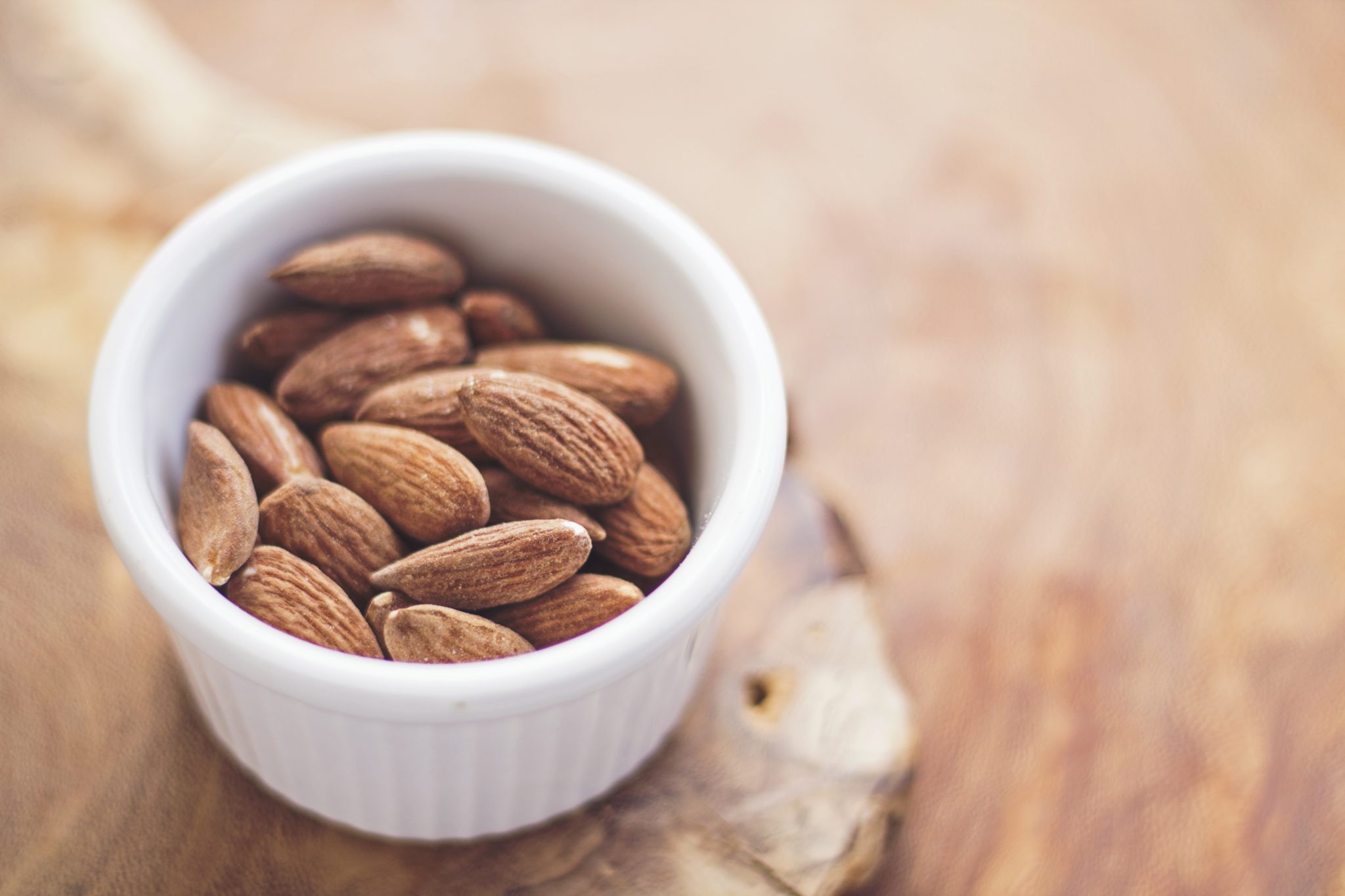
06. BBQ and Other Sauces & Marinades
Many common brands of BBQ sauce have 12 grams (that’s 1 TABLESPOON!) of added sugar per 2 tablespoon serving! That’s right! Half of the serving is from sugar!! Imagine pouring 1 tablespoon of sugar on your chicken and then taking a bite. Yikes!! Look for brands low in sugar (about 1 tsp or 4 grams sugar) or try making your own! Often vinegar or mustard based sauces are lower but don’t be deceived by the color or fancy packaging. Always look at the label and ingredient list!
One brand I like is Stubb’s Original with 4 grams added sugar. You can easily find it at most grocery stores and Walmart or grab this 4 pack on Amazon.

If you tend to purchase ready-to-go marinades, teriyaki sauce or other bottled sauces, note the amount of sugar per serving. Remember that if the label says 1 tablespoon is a serving, but you use 2, you need to double the numbers!
07. Dried Fruit
Not all dried fruit have added sugar but many do! Clearly check the ingredient list so that you know what you are buying.
Dried fruit that usually don’t have added sugars:
- Raisins
- Prunes
- Dates
*NOTE: Beware of your serving size! Dried fruit serving size is much smaller than fresh or frozen fruit. It still has calories and natural sugars! Make sure to check the label before you serve your portion AND it is always best to pair with healthy fat or protein to get the best blood sugar control. Read The Art of Snacking Well for over a dozen snack ideas (and PRINTABLE!) to help you create fast and easy snacks that will satisfy any craving!
08. Cereals (even the non-sweet ones)
Unless you adore Shredded Wheat, Grape Nuts, or Uncle Sam’s Toasted Flakes & Flaxseed, your favorite breakfast cereal probably has sugar. It’s a rare find to discover a breakfast cereal that is void of all sugar. To take a balanced approach without getting frazzled on the cereal aisle, try to choose cereals with no more than 4-6 grams sugar per serving. Of course, you (or your kids) have to stick to the serving size if you want to keep your sugar in that range too. Usually serving size is ¾-1 1/4 cups but brands do vary.
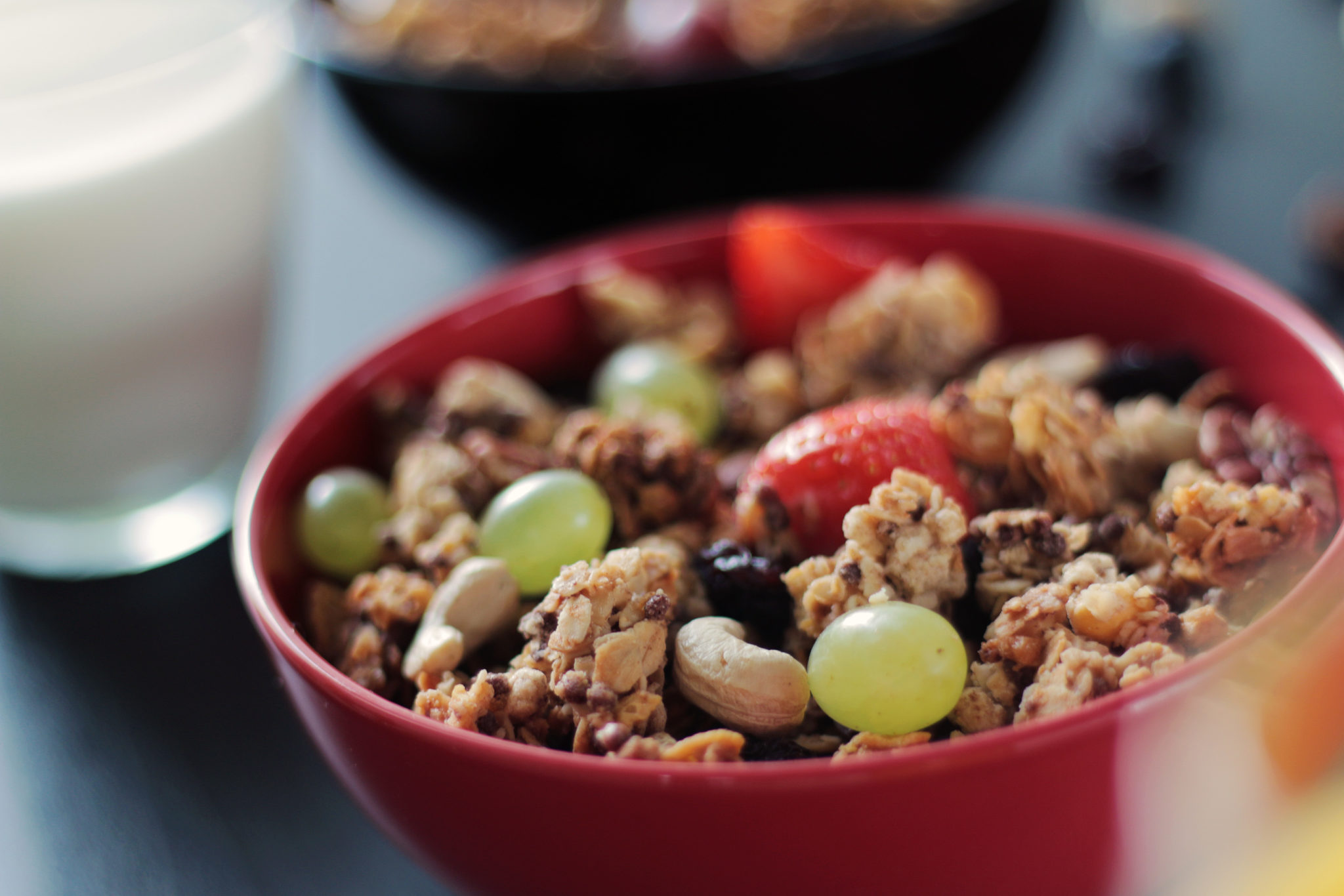
09. Yogurt
Practically all yogurt brands have sugar added unless they indicate “plain” or “unsweetened.” Those that are “low in sugar” often have artificial or non-nutritive sweeteners like sucralose (splenda), sugar alcohols or acesulfame potassium. A few brands are sweetened with stevia as well like Dannon Oikos Triple Zero. The best option to keep added sugar out and control the level of sweetness is to use your own flavorings, fruit and add-ins. Check out 10 Ways to Sweeten and Flavor Yogurt WITHOUT Artificial or Added Sugars for clever and simple ideas anyone can do! Considering that July is blueberry season, you also might like to cook up a batch (or double batch) of my easy No-Guilt Blueberry Syrup, the perfect addition to your cup of yogurt.
10. Spaghetti Sauce
Who knew that spaghetti sauce had sugar! Surprise, surprise! While tomatoes have some natural sugars (and these are a part of the total sugar grams), many jarred spaghetti and tomato sauces also have some sugar added in. Compare brands on your next trip to the grocery store and make sure you are not just skimming the grams of sugar but looking at the actual ingredient list. Check out this Eat This Not That review of the 40 Best & Worst Pasta Sauces. Or, opt to make your own like this SkinnyTaste Quick Marinara Sauce– double or triple the batch so it’s ready to defrost on spaghetti night or when you are making a veggie lasagna!
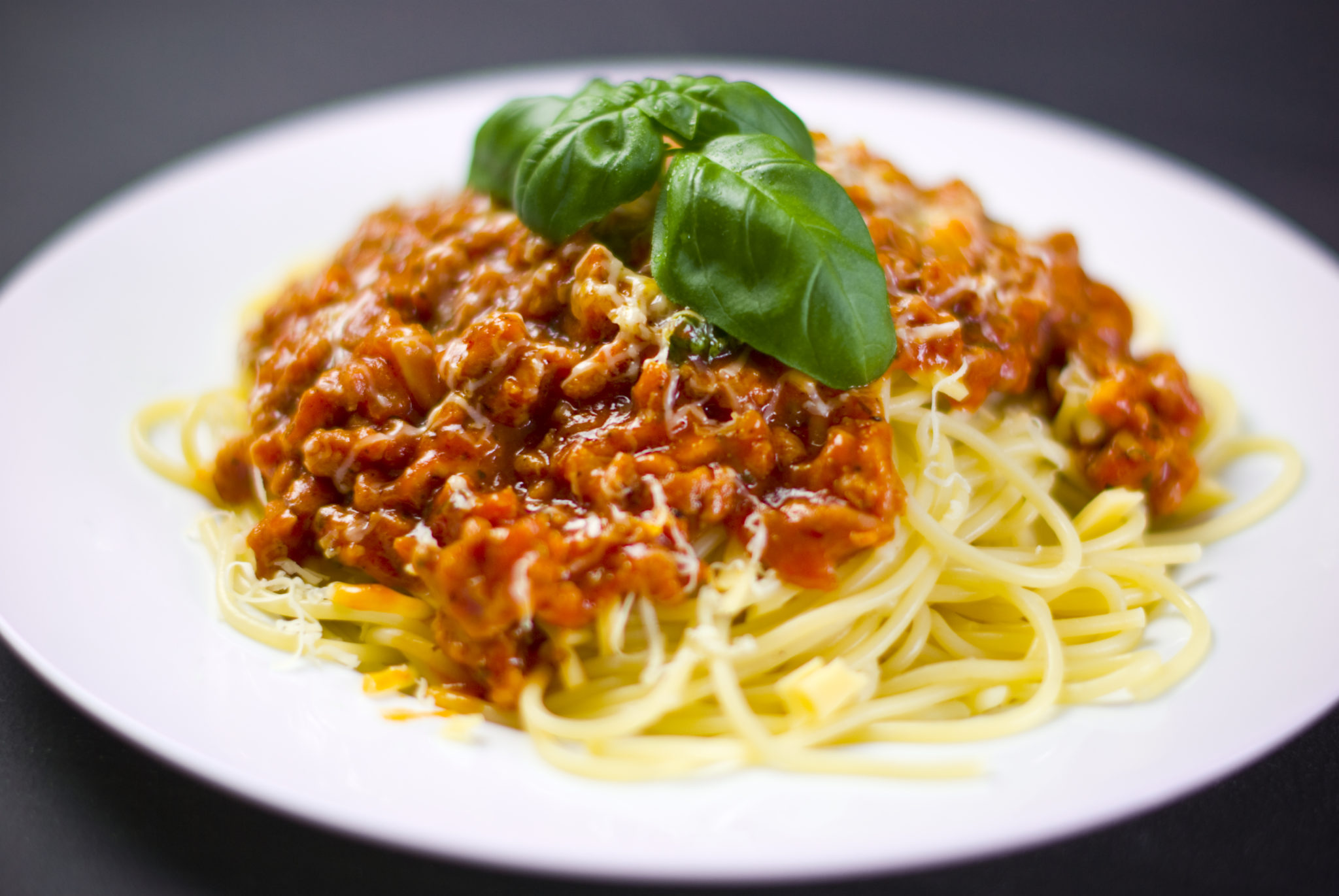
11. Granola & Protein Bars
With dozens of brands to choose from, you would hope to find one low in sugar, but that can be quite the challenge! Granola and protein bars can be packed with up to 1 tablespoon of sugar per serving OR MORE!! While most people expect these bars to have a sweet taste, many brands go over the top! No need to overwhelm your taste buds with too much sugar, choose brands with less than 10 grams of sugar (the lower the better!!).
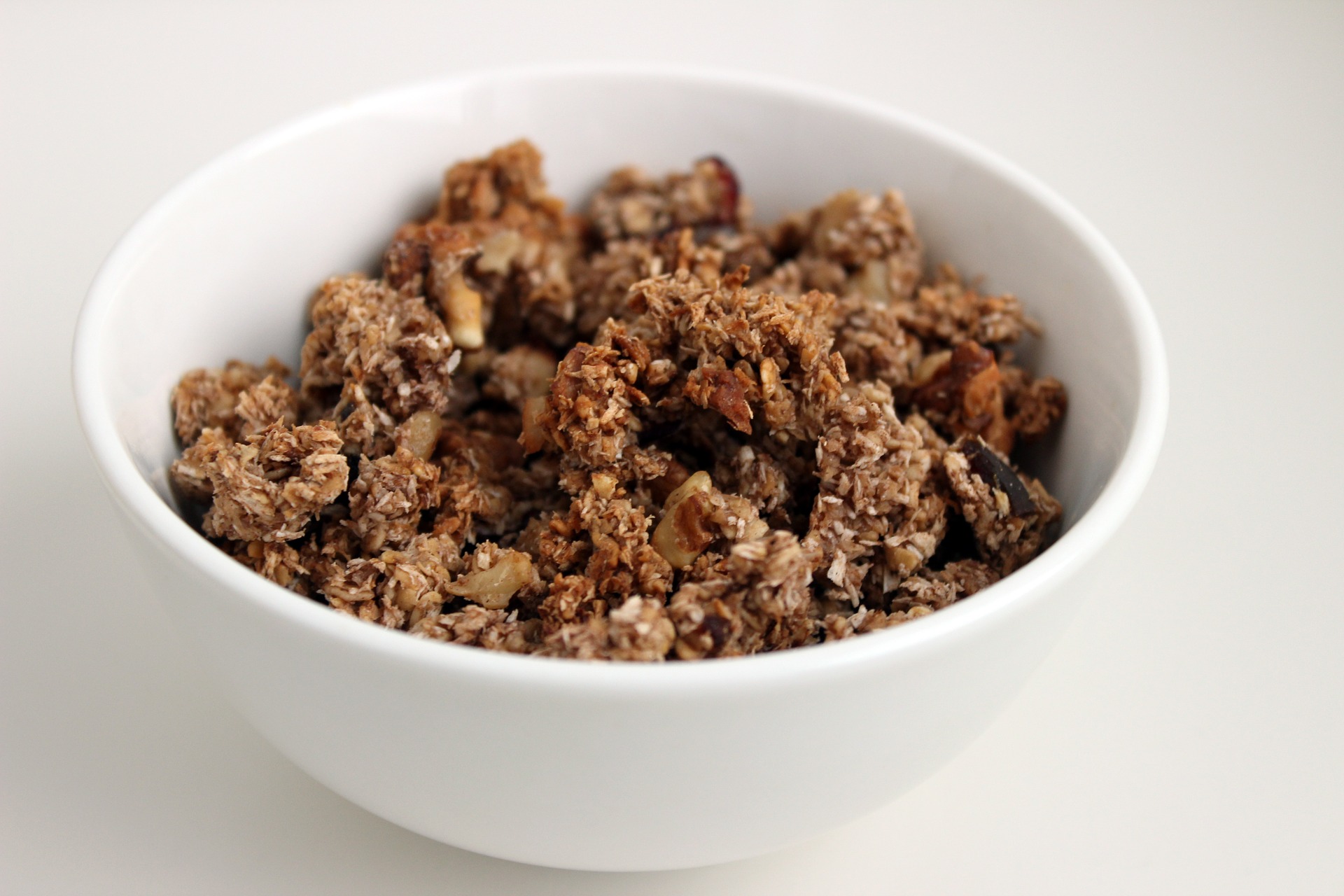
These Kashi granola bars have a hint of sweetness with only 6 grams sugar per bar.
12. Ketchup
This beloved kid-friendly condiment is also liked by many adults. It has an average of 1tsp sugar per 1 tablespoon serving of ketchup. Heinz brand does have a “reduced sugar” version but it is sweetened with sucralose (splenda) which some people may be opposed to trying.
For most families, sugar or not, ketchup isn’t going anywhere and will continue to take up shelf space in their fridge. However, it would be wise to watch portion sizes and attempt to use other tomato products with lower sugar more often. Can you use tomato sauce in your meatloaf? Can you provide other condiments or toppings for your burger?
13. Smoothies
Bottled prepared smoothies, frozen ready-to-blend pouches, and fresh made beverages at your local smoothie bar are all likely to have added sugar. This can be from sugar, juices, syrups, honey, or agave, but it’s all sugar. The best way to control the sugar is to make it at home in a blender using real fruit. You can even throw in 1 cup of spinach to get a boost of Vitamins K, A, C, and folate! Use some milk, yogurt, cottage cheese or even tofu for a dose of protein and calcium!
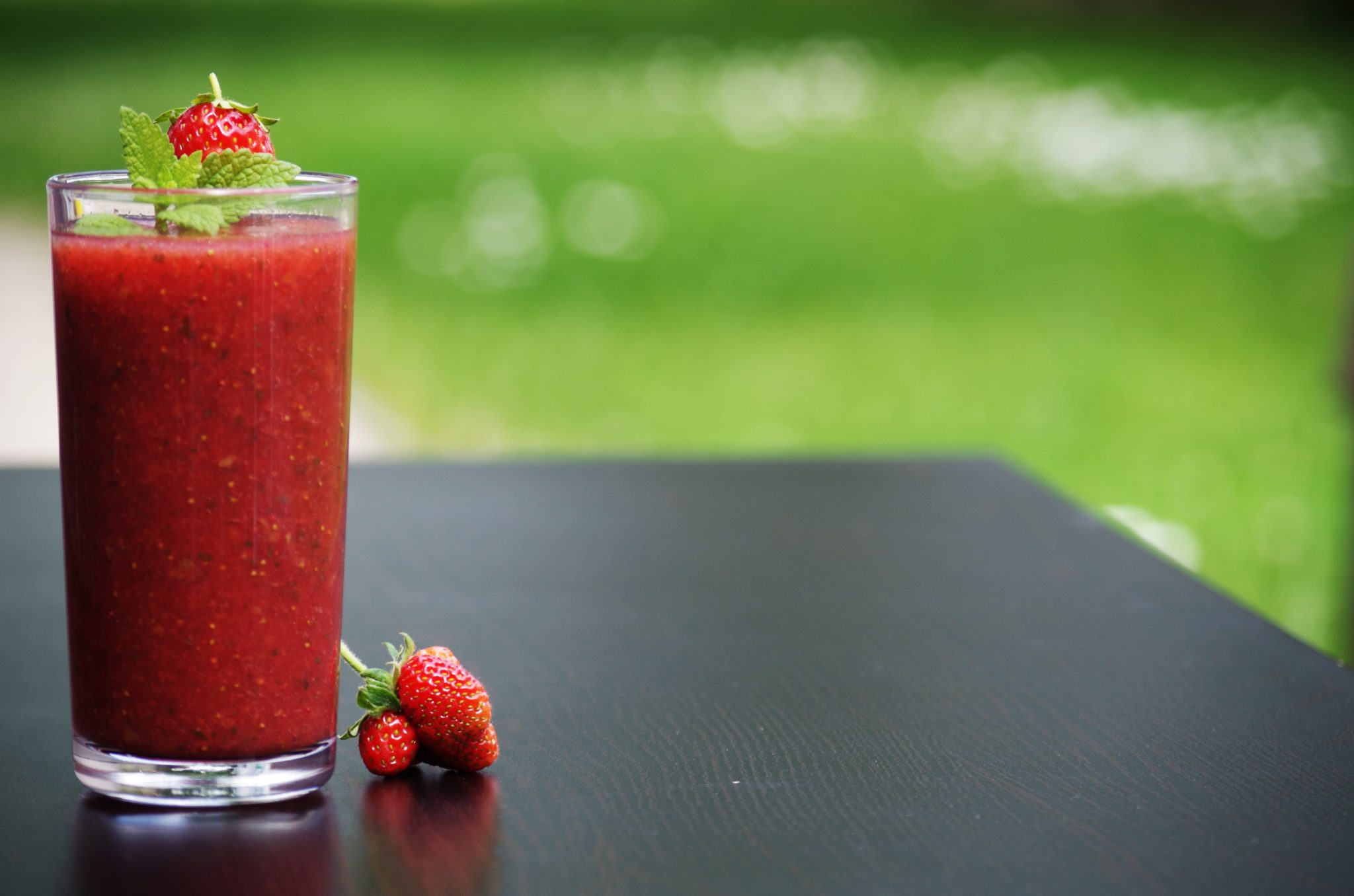 Try out making these smoothie freezer packs so you can blend one up whenever you need a breakfast or snack in a hurry!
Try out making these smoothie freezer packs so you can blend one up whenever you need a breakfast or snack in a hurry!
14. Crackers
Crackers tend to be salty and crunchy, satisfying our savory cravings but many brands also include sugar. While it might be difficult to find crackers without any sugar, they are out there Look for these brands that keep sugar out: Triscuits (or the store brand version), and Mary’s Gone Crackers and Engine 2 Plant Strong Crispbread crackers. Some brands do add a bit of sugar for baking purposes or to balance out the salty flavor like one of my favorite brands, Ak Mak. But, as a rule of thumb, make sure that the sugar doesn’t exceed the amount of fiber per serving.
15. Applesauce
Many moms and dads keep a big jar of applesauce or grab-and-go individual containers in the pantry or fridge. It’s easy, sweet and generally loved by most kids. But most traditional applesauce brands have added sugars! Instead, choose “natural” or “unsweetened” applesauce and be sure to do a quick glance at the ingredient list. It should list apples and water- that’s it!
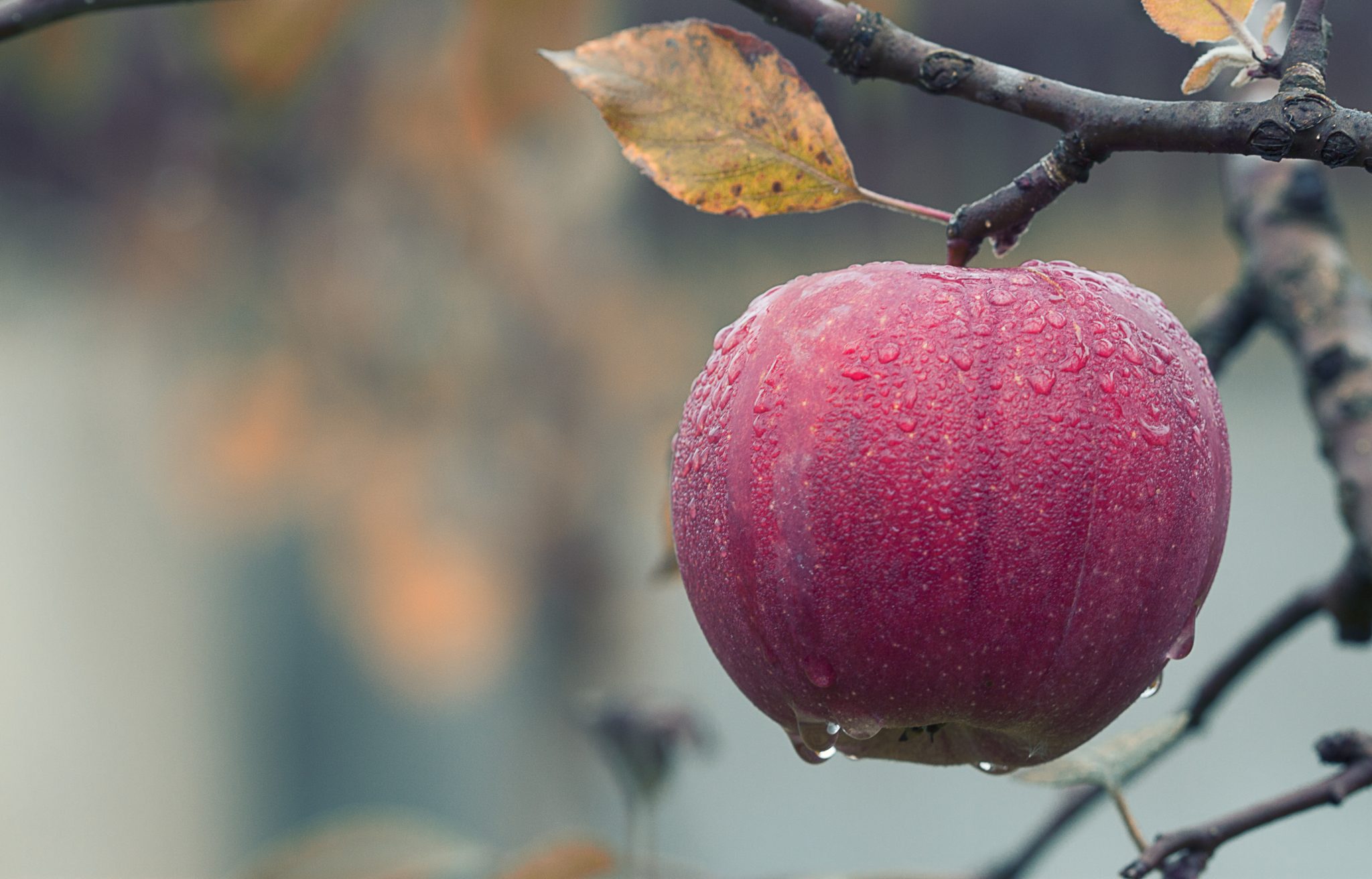
Sugar is everywhere! It is difficult to entirely remove it from our diet. The good thing is, we don’t have to! Moderation is everything! But, it’s important to be aware of what we are purchasing and actively looking for better alternatives or substitutes to promote whole health, from the inside out.
You don’t need to begin using “diet” foods, artificial or non-nutritive sweeteners or select only “reduced-sugar” products to keep your added sugar low. Here are 3 simple steps:
- Choose mostly whole, unprocessed foods to make up the bulk of your meals.
- Read and compare labels before purchasing a product.
- Keep treats to just that… a treat! Enjoy on occasion!

No need to eat more sugar… you are sweet enough already!
REFERENCES
University of California San Francisco, Hidden in Plain Sight
Ng, S.W., Slining, M.M., & Popkin, B.M. (2012). Use of caloric and noncaloric sweeteners in US consumer packaged foods, 2005-2009. Journal of the Academy of Nutrition and Dietetics , 112(11), 1828-1834.e1821-1826.
DISCLOSURE
This post contains affiliate links. If you purchase a product through this link, your cost will be the same but Healthy Inspiration will receive a small commission to help with the operating costs of this blog. Thank you for your support!

